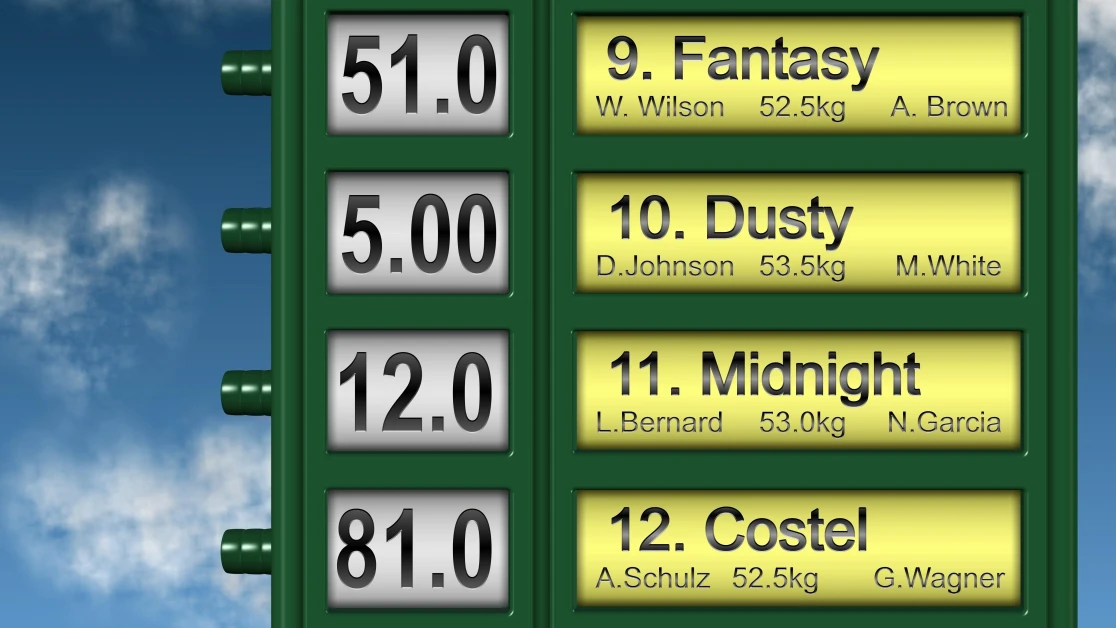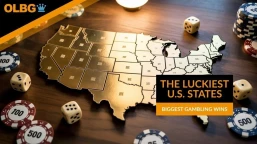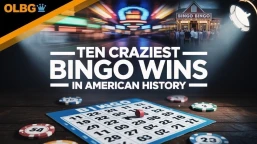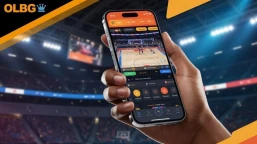
I've spent over 20 years inside the betting industry. I'll guide you to avoid the hype, ignore the noise, and steer clear of the common pitfalls that catch out everyday punters.
Fractional to Decimal Odds to Probability
Odds Conversion Table
This odds conversion table can work in many different ways for you when checking prices from bookmakers in the UK or making up your own prices.
Each betting market had odds and these odds convert not only fractional to decimal odds but depending on the type of odds you can also convert from decimal odds to fraction odds and then convert to probability.
It is useful for both pre-match value bets and in-running bets with the percentage odds giving you a proper understanding of the chances of the bets.
We know how important getting the right value is, the betting school article shows how you can become an expert in value betting.
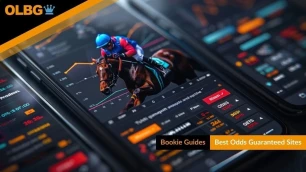
Best Odds Guaranteed Sites UK – Compare Bookies’ BOG Times & Offers
As a matter of fact, one of the guidelines we mention in the in-running betting basics article is quick decision making, if you know fractional, decimal and probability percentages this will surely assist you in making quick betting decisions when betting in running.
You can either convert betting fraction to decimal odds, or vice versa, and you also can see the probability for each of the odds in either format too.
Also, this is very handy when creating your own tissue prices. If you worked out a probability (percentage odds), you can convert probability to odds here too.
| Fractional | Decimal | Probability |
|---|---|---|
| 1/5 | 1.20 | 83.30% |
| 2/9 | 1.22 | 81.80% |
| 1/4 | 1.25 | 80.00% |
| 2/7 | 1.29 | 77.80% |
| 3/10 | 1.30 | 76.90% |
| 1/3 | 1.33 | 75.00% |
| 4/11 | 1.36 | 73.30% |
| 2/5 | 1.40 | 71.40% |
| 4/9 | 1.44 | 69.23% |
| 40/85 | 1.47 | 68.00% |
| 1/2 | 1.50 | 66.67% |
| 8/15 | 1.53 | 65.22% |
| 4/7 | 1.57 | 63.64% |
| 8/13 | 1.62 | 61.90% |
| 4/6 | 1.67 | 61.54% |
| 8/11 | 1.73 | 57.89% |
| 4/5 | 1.80 | 55.56% |
| 5/6 | 1.83 | 54.55% |
| 10/11 | 1.90 | 52.38% |
| 21/20 | 1.95 | 51.22% |
| EVENS | 2.00 | 50.00% |
| 21/20 | 2.05 | 48.78% |
| 11/10 | 2.10 | 47.62% |
| 6/5 | 2.20 | 45.45% |
| 5/4 | 2.25 | 44.44% |
| 13/10 | 2.30 | 43.48% |
| 11/8 | 2.38 | 42.11% |
| 7/5 | 2.40 | 41.67% |
| 6/4 | 2.50 | 40.00% |
| 8/5 | 2.60 | 38.46% |
| 13/8 | 2.63 | 38.10% |
| 7/4 | 2.75 | 36.36% |
| 9/5 | 2.80 | 35.71% |
| 15/8 | 2.88 | 34.78% |
| 2/1 | 3.00 | 33.33% |
| 85/40 | 3.13 | 32.00% |
| 11/5 | 3.20 | 31.25% |
| 9/4 | 3.25 | 30.77% |
| 12/5 | 3.40 | 29.41% |
| 5/2 | 3.50 | 28.57% |
| 13/5 | 3.60 | 27.78% |
| 11/4 | 3.75 | 26.67% |
| 14/5 | 3.80 | 26.32% |
| 3/1 | 4.00 | 25.00% |
| 16/5 | 4.20 | 23.81% |
| 10/3 | 4.33 | 23.08% |
| 17/5 | 4.40 | 22.73% |
| 7/2 | 4.50 | 22.22% |
| 18/5 | 4.60 | 21.74% |
| 4/1 | 5.00 | 20.00% |
| 9/2 | 5.50 | 18.18% |
| 5/1 | 6.00 | 16.67% |
| 11/2 | 6.50 | 15.38% |
| 6/1 | 7.00 | 14.29% |
| 13/2 | 7.50 | 13.33% |
| 7/1 | 8.00 | 12.50% |
| 15/2 | 8.50 | 11.76% |
| 8/1 | 9.00 | 11.11% |
| 17/2 | 9.50 | 10.53% |
| 9/1 | 10.00 | 10.00% |
| 19/2 | 10.50 | 9.52% |
| 10/1 | 11.00 | 9.09% |
| 11/1 | 12.00 | 8.33% |
| 12/1 | 13.00 | 7.69% |
| 13/1 | 14.00 | 7.14% |
| 14/1 | 15.00 | 6.67% |
| 15/1 | 16.00 | 6.24% |
| 16/1 | 17.00 | 5.88% |
| 20/1 | 21.00 | 4.76% |
| 22/1 | 23.00 | 4.35% |
| 25/1 | 26.00 | 3.85% |
| 28/1 | 29.00 | 3.45% |
| 33/1 | 34.00 | 2.94% |
| 40/1 | 41.00 | 2.44% |
| 50/1 | 51.00 | 1.96% |
| 66/1 | 67.00 | 1.49% |
| 100/1 | 101.00 | 0.91% |
Many people are able to make their "own book" on sporting events and look for value within the odds and percentage odds.
By comparing their odds against those that the bookmaker is offering if they have a runner priced at (2/1 or 33%) and the bookmaker has gone (4/1 or 25%) chance, one might consider this price to be larger than the chances you have given the runner and are therefore getting a bigger price than you should.
Knowledge Is Power
It is a worthwhile exercise in creating your "own book" as it instils in you the need to always hunt for value, again for both pre-match betting and in-running betting.
This is not the most extensive guide to odds setting but does illustrate what I consider to be essential to find your "value" bets.
I learned it like I learned my times' table at school. It comes very naturally after you've practised it a few times.
Good luck, and enjoy your new-found, odds-compiling knowledge.
Understand Betting Odds
An essential tool in ensuring you are getting value with your bets is to fully understand Betting Odds.
I don't mean knowing that 7/2 will return three and a half times your stake as profit, but understanding what 7/2 is in percentage probability terms.
It is also important not to mix this up with decimal odds which I see happening time and time again.
The bookies all construct their books based on percentage probability and understand it fully.
They can convert percentage odds to fractional or decimal odds without a moment's hesitation; if we as punters aim to get one over on our satchel-filling friends, we need to be able to do the same.
I'll start with the easiest example I can think of linked to sports.
If you have a tennis match, you have only two possible outcomes, Player A will win or Player B will win. If for the sake of simplicity, we imagine these two players are absolutely matched in terms of ability and no advantage is given to either player, we have a 50/50 chance.
50/50, is simply a way of expressing a 50% chance for Player A to win and an equal 50% chance that Player B will win.
So looking at the Odds table above and looking up the conversion of a 50% percentage odds chance we can see that both players will be EVENS.
This is before the bookie adds in his percentage (edge - more of this later). For now, we have a price of Evens on each side of the book. In decimal terms, this is expressed as 2.00.
To have both players priced up at 50%, you have 50% + 50% which adds up to a 100% book. Something the bookie will never provide as there is no profit in the book for them.
True Probability Betting Market
Let's extend this now to a four-horse race. It may be considered that the four runners have been allotted the following prices.
| Horse | Fractional | Decimal | Probability |
|---|---|---|---|
| 1 | 6/4 | 2.50 | 40% |
| 2 | 4/1 | 5.00 | 20% |
| 3 | 4/1 | 5.00 | 20% |
| 4 | 4/1 | 5.00 | 20% |
Again, you can see that by adding the four percentage probabilities together, we find a 100% book.
Bookmakers Market with Over-Round [Edge] Built In
It is more likely in the real world that this book would be made up thus.
| Horse | Fractional | Decimal | Probability |
|---|---|---|---|
| 1 | 6/4 | 2.50 | 40% |
| 2 | 3/1 | 4.00 | 25% |
| 3 | 3/1 | 4.00 | 25% |
| 4 | 4/1 | 5.00 | 20% |
You can see how Horses 2 & 3 have been given higher probability scores and thus shorter prices than in the first table.
This book adds up to an Over-round (self-explanatory) of 110%.
This is what gives the Bookmaker the edge, In this case, 10%.
In the fluctuation of the odds from here on in, the book would be attempted to be balanced by the weight of money coming into the book.
If a lot of bets were taken on the 6/4 favourite, the price would likely shorten, maybe to 5/4 (44.4%).
The book will now have an over-round of 114.4%, Horse 4 may not have attracted any financial interest, so to balance the book, and to attract money for it, to level out the liabilities, the price can be pushed out to 9/2, (half a point as the punter would call it), but in percentage terms, the 20% chance is now 18.2%.
New Market After 'Weight of Money' From Punters
The book now looks like this.
| Horse | Fractional | Decimal | Probability |
|---|---|---|---|
| 1 | 5/4 | 2.25 | 44.4% |
| 2 | 3/1 | 4.00 | 25% |
| 3 | 3/1 | 4.00 | 25% |
| 4 | 9/2 | 5.50 | 18.2% |
This book is now, 44.4+25+25+18.2 = 112.6 or 112.6% over-round
This is how odds are affected and moved to maintain the "edge" the bookmakers have to have to operate and make a profit.
Bookmakers do not think in fractional or decimal prices, they think solely in percentages and adjust their fractional/decimal odds accordingly to remain over-round.
There will be occasions when they may fleetingly go under 100%, this is rare and is done simply to attract money to the market, this is the exact opposite of over-round, and is under-round, more commonly known as over-broke.
Once the required amount of money has been attracted into their book, the liabilities will be reassessed and the book adjusted accordingly to reflect an over-round once again. Of course these days, this can all be done with the click of a laptop button and changed in an instant.
As an example of how the over-round works in the bookmaker's favour, imagine a book was made up to represent an over-round of 125%.
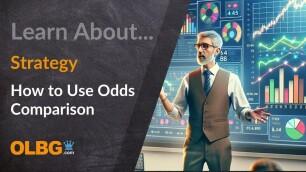
The Power of Odds Comparison: Ultimate Betting Odds Strategy Guide
Now, in the theoretical event of this bookmaker's customer staking to the book, they could take 125 units of bets, and the most the bookmaker would have to pay out would be 100, making a 25 unit profit, and therefore the 25% is converted to profit.
This is, of course, the plainest of examples and it would not happen this way, which is why the prices for a race will change, ebb and flow during the betting before the race begins as the bookmaker continues to change his liability by taking varying amounts of stakes at various prices whilst readjusting the prices in order to control his liability and "lock in" as much profit as he can in any given event in the race.
Again, one has to take their hat off to the guys that used to do this years ago with pen and paper whilst the bookie is shouting the stakes and odds at him from the podium in all kinds of weather. Nowadays, relatively simple software will do this job in an instant.
Odds FAQ
FAQ
Odds Comparison FAQ's [UK}
Which Bookie has the best odds?
The bookmaker with the best odds in general, if not looking to specialise is a specific sport, or market, would be bet365 who day in day out offer great odds on all types of sports, events, and specialised betting markets from their betting website.
Are bigger odds better?
Yes, bigger odds are better when making bets on an event to happen. If you back something at 2/1 when you could have bet at 3/1 then, it would be a bad decision.
This situation is reversed if you are playing the bookmaker, perhaps on a betting exchange, where you want to 'lay' bets at lower odds.
Which betting site has the best horse racing odds?
There are two options if you are looking for the best odds on horse racing.
Firstly, using a betting exchange is one way of getting, in general, better odds than using a traditional bookmaker.
Betfair SP consistently outperforms the normal industry starting price.
The other way of finding the best odds on horse racing is using an odds matrix.
On OLBG we researched and discovered the best bookie for horse racing.
What is the goal of using odds comparison?
It is to help bettors make informed decisions by identifying the best available odds for your bet.
What is the relationship between odds and probability?
Betting odds represent the probability of a particular outcome.
The bookies all construct their books based on percentage probability and understand it fully, we as punters need to do the same.
What is the bookmakers margin when it comes to odds?
The bookmakers are in business to make a profit.
They build in a profit margin on all events, this is called the overround.
In a two runner race the true odds are 1/1 or even money - 50/50. (100%)
The bookmakers instead of offering the true odds of 1/1 will offer both competitors at odds of 10/11, that comes to (104.72%).
The 4.72% is their profit margin.
Responsible Gambling
After reading this article, we hope you better understand odds conversion. Going hand in hand with this is the need to always gamble responsibly. We have constantly reminded readers that they should never bet more than they can afford. We have a range of articles, including the two below, on responsible gambling.
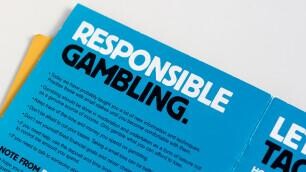
Responsible Gambling Features, Function and Help
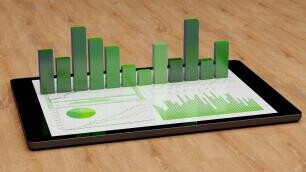
How to be Sensible and Gamble Responsibly (Examples)
Article Contributor Information
OLBG Editor in Chief Steve Madgwick created this odds convertor article, additional information was added by betting expert Nigel Skinner.
